King and I, The (1956)
“There is no barbarian worse than a weak king.”
|
Synopsis: |
|
Genres:
Review: Indeed, the title characters are at the core of this film, and they richly embody their roles. As Bosley Crowther wrote in his laudatory review for The New York Times, “The king is the heart of this story, and Mr. Brynner makes him vigorous and big. But Miss Kerr matches him boldly.” The colorful cinematography, sets, and costumes are a huge plus, too; the movie is sumptuous to look at, and of course the score is an absolute winner. The “Shall We Dance” sequence still delights instantly, thanks to a confluence of all these factors. Much more problematic is the storyline itself, with its explicitly Orientalist and infantilizing (i.e., “I’ll help fix you and your culture”) approach to Anna’s visit. The recent Tony-winning revival of the musical apparently worked hard to overcome these inherent challenges, and succeeded — but modern-day viewers of this older adaptation will want to prepare themselves for numerous uncomfortable tensions. On the one hand, it tells a staunchly feminist tale of an independent woman boldly succeeding in a sexist patriarchy; on the other hand, Siamese culture is presented as deeply “Othered” and inherently problematic, and it’s difficult to see Anna as anything other than a “White savior” coming in to rescue this nation and its people single-handedly. With that said, should this version of The King and I still be seen? Yes, I believe so — there’s enough merit in the production itself to warrant a viewing, and modern film fanatics will hopefully be able to put its orientation (pun intended) into historical context. Redeeming Qualities and Moments:
Must See? Categories Links: |

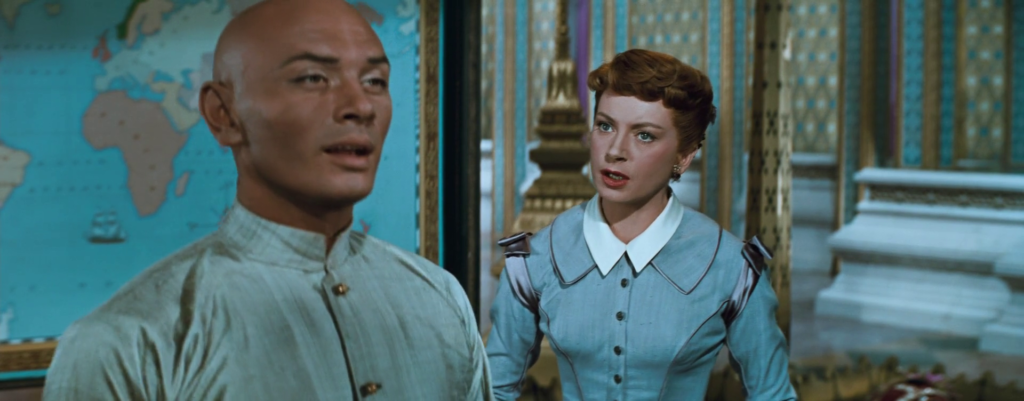
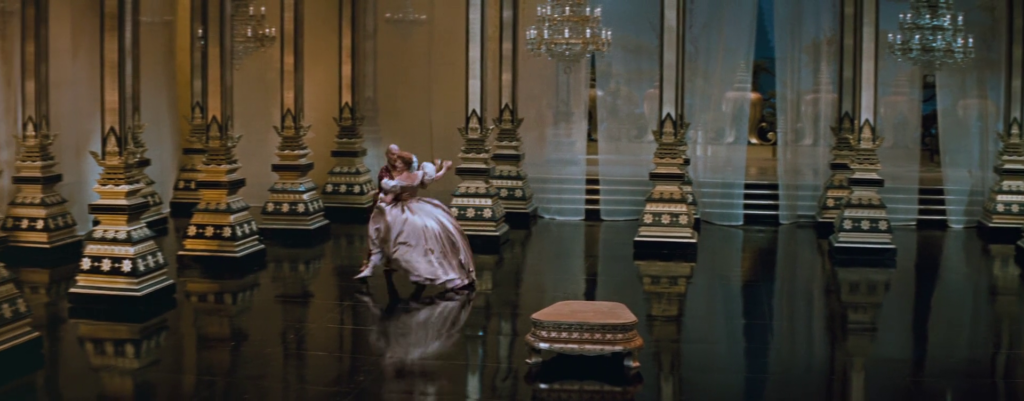
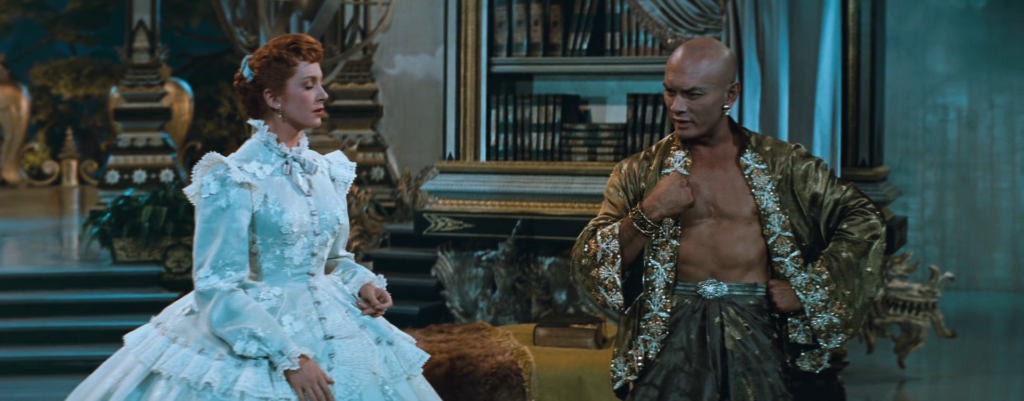
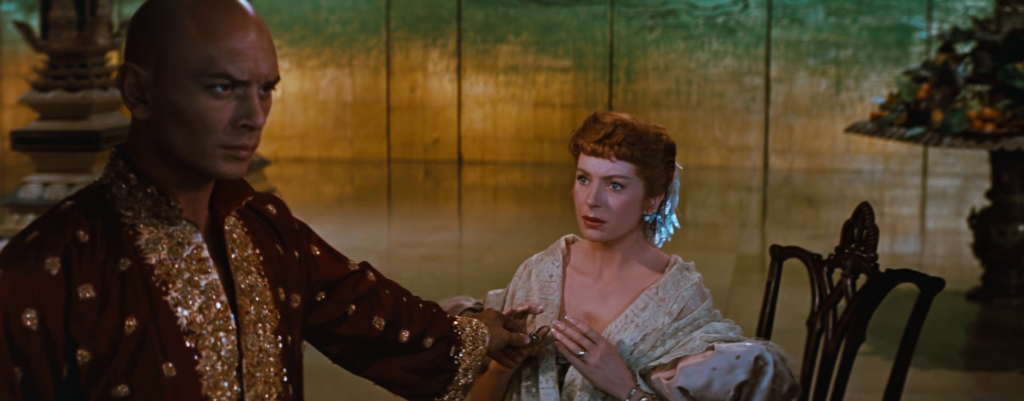
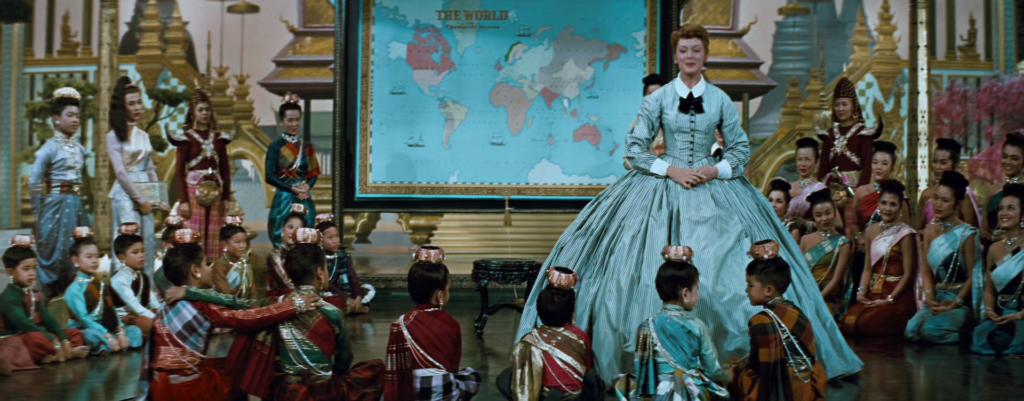
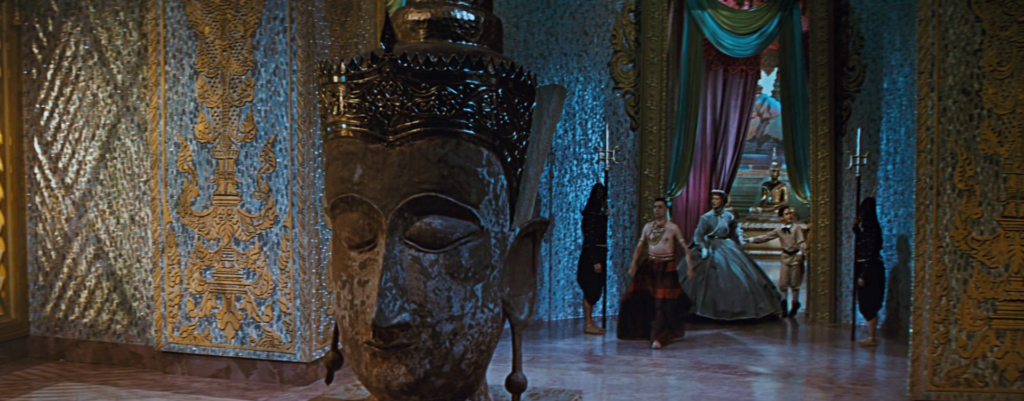
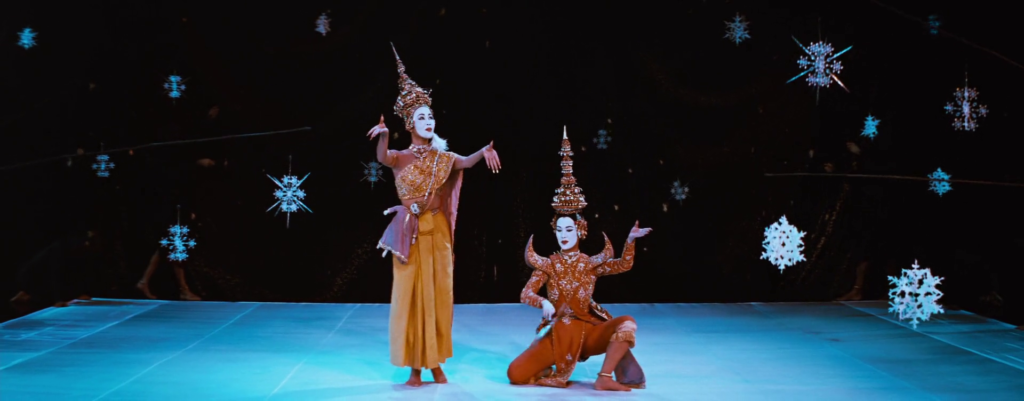
2 thoughts on “King and I, The (1956)”
A once-must for budding ffs to watch with their film fanatic elders. (Optional for others.)
I’m not all that partial to this musical – though I recognize that it’s a respectable (and much loved) work. I believe it’s mostly loved for its grand sense of style and, of course, its score. Bur personally I find it slightly slow and precious.
It seems to be the best-known film by director Walter Lang (with ‘There’s No Business Like Show Business’ following right behind – a film I much prefer). Lang had a relatively long career (I’ve probably seen most of the films in the latter part of it) but he’s not exactly an exciting director. To me, he comes off more like a traffic cop, making sure things look… ok… and that people don’t bump into each other. ‘The King and I’ is, thus, filmed in a presentational manner. Though production design makes it all look quite pretty, it’s not exactly visually arresting. Perhaps there’s less in terms of cinematic frills because a respectful approach to the material was taken and it was decided to just let the story speak for itself. But it can still be somewhat lethargic. (It’s a musical without BIG MUSICAL NUMBERS.)
The one exception, of course, is the Uncle Tom’s Cabin ‘ballet’ – an immediately engaging sequence which elevates the film immensely. (I was in an amateur theater production of this musical when I was a teen and was part of this sequence. It’s fun to perform.)
I will admit I do occasionally chuckle because of things that Brynner does or says (“It is a FALSE lie!”) – this is certainly his hour in the limelight. And Kerr is appropriately pleasant throughout. (As is Moreno.)
NOTE: In the 2013 documentary ‘Secret Voices of Hollywood’, Marni Nixon – Kerr’s singing voice – is interviewed at length. (As many now know, Nixon was the singing voice for a number of stars in musicals of this period and beyond.) Along with many others, Nixon is finally given the opportunity to clear up a lot of info re: the ways singers were exploited by studios for the purpose of creating a perfect commercial product. The doc is quite informative and recommended for film fanatics with a particular interest in classic musicals.
As a classic example of a big Hollywood studio musical that was popular with the public, critics and film historians a must.